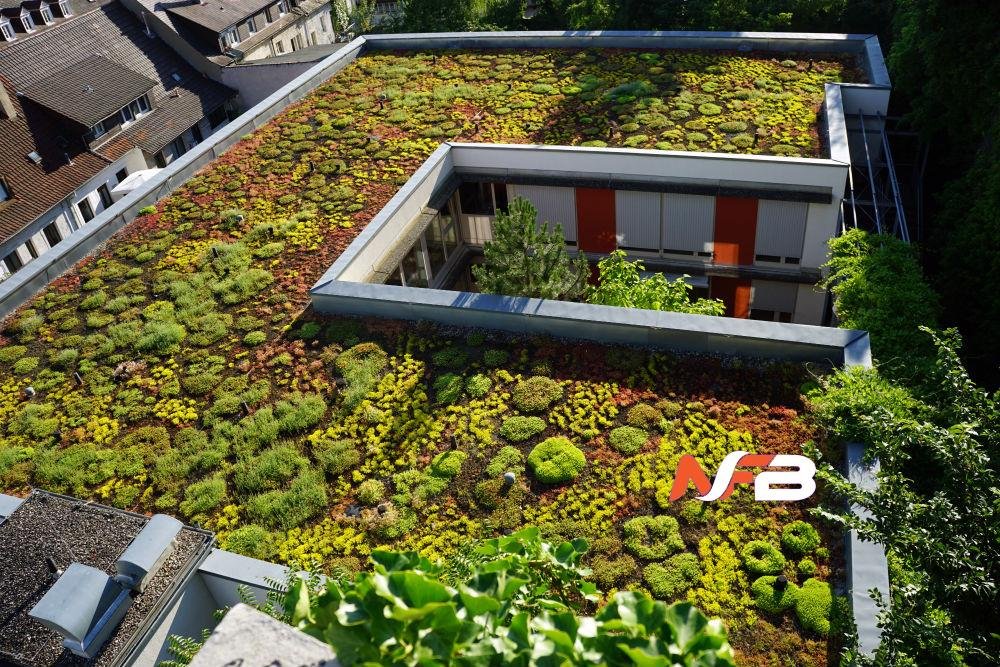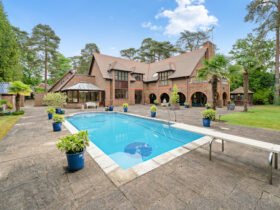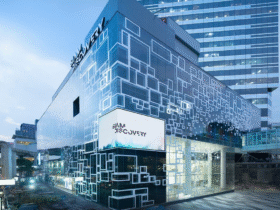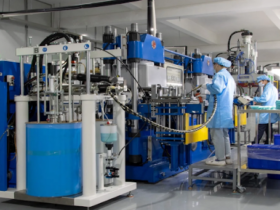Green building practices are on the rise, focusing on creating environmentally friendly and resource-conscious structures. Roof skylights can be quite helpful for builders and contractors who want to take their green building projects to the next level.
More Than Just Windows
Skylights are transparent or translucent panels installed on a roof, allowing natural light to penetrate indoors. Unlike traditional windows, skylights are positioned on rooftops, offering unique benefits for light distribution and energy savings.
There are several types of roof skylights to choose from, each with its own advantages:
- Fixed Skylights: These offer a permanent view of the sky and provide continuous natural light but lack openings for ventilation.
- Vented Skylights: These skylights open and close, allowing for natural ventilation and temperature control.
- Domed Skylights: These offer distinctive domed panels that stand out from the roofline and provide a broader view of the sky.
- Light Tunnels: These reflective tubes channel natural light from the rooftop down to lower levels in a building.
The best roof skylight type for a project depends on several factors, including:
- Application: Fixed skylights might be ideal for bringing light into hallways or atriums, while vented skylights are better suited for rooms requiring natural ventilation.
- Climate: In hot climates, skylights with low solar heat gain are preferred, while cooler regions could benefit from skylights that maximize heat gain during winters.
- Desired Functionality: If natural ventilation is a priority, vented skylights are necessary.
The material used in skylights also influences energy performance. Glass is the most common choice, offering excellent clarity but is more fragile. However, acrylic skylights are lighter and more impact-resistant, though they are prone to scratches and scuffs over time.
A Brighter Path to Green Building
Skylights are champions at harvesting natural light. Builders can significantly reduce a structure’s reliance on artificial lighting by strategically incorporating them into construction projects. This strategy leads to lower energy bills for building owners and reduced strain on the electricity grid.
Skylights can help with passive solar heating, which utilizes sunlight to warm a building naturally. Depending on their location on the roof, skylights can capture the sun’s warmth and help maintain comfortable indoor temperatures. This passive heating approach can lower heating costs during winter.
Additionally, vented skylights—coupled with proper airflow strategies—can help improve indoor air quality.
Benefits of Installing Roof Skylights
Builders and contractors can leverage the advantages of skylights to enhance their green building projects, whether residential, commercial, or industrial.
- Energy Savings: Skylights can significantly reduce a building’s reliance on artificial lighting, leading to lower energy consumption and potentially lower operating costs for building owners.
- Marketability: Green building features are increasingly sought after by environmentally conscious clients. High-quality skylight integration can be a major selling point for green construction projects.
- Tax Incentives: Depending on the location, incorporating skylights in green buildings may qualify for tax breaks or other incentives local authorities offer. We recommend checking with local building departments or green building organizations for applicable programs.
Eco-Friendly Features and Designs
Modern skylights come equipped with features that further enhance their energy-saving capabilities.
- Low-E Coatings: A thin, invisible coating applied to the glass can significantly reduce heat gain in summer and heat loss in winter. This improves overall building energy efficiency.
- Electrochromic Glass: This advanced glass technology allows the skylight’s light transmittance to adjust automatically based on sunlight intensity. It helps regulate heat gain and helps keep a comfortable environment indoors.
- Integrated Shading Systems: Some skylights incorporate built-in shades or blinds that can be manually or automatically controlled. This allows for managing the sunlight entering the building, preventing excessive heat gain during peak sun hours.
Energy Efficiency and Building Comfort
Careful planning and execution are vital if you want to maximize the benefits of skylights.
- Placement and Sizing: Proper placement of skylights ensures optimal natural light distribution while minimizing unwanted solar heat gain. Consulting with a qualified building professional is recommended to determine the ideal skylight locations and sizes for a specific project.
- Thermal Performance: Skylights are rated based on their U-factor (resistance to heat flow) and Solar Heat Gain Coefficient or SHGC (solar heat admitted through the skylight). Choosing skylights with low U-factors and SHGCs helps maintain comfortable indoor temperatures and reduces overall building energy consumption.
- Occupant Comfort: Studies have shown that increased exposure to natural light can improve occupant well-being and productivity. Skylights that bathe interior spaces in natural light create a more uplifting environment for building occupants.
Installation and Maintenance Best Practices
Proper skylight installation and maintenance are essential to ensure optimal performance and longevity.
- Manufacturer’s Recommendations: Follow the manufacturer’s specific installation instructions for each skylight model. This ensures proper waterproofing, flashing, and integration with the roof structure.
- Key Installation Considerations: During installation, critical aspects like waterproofing around the skylight opening and maintaining the roof’s structural integrity must be addressed with meticulous attention to detail.
- Regular Maintenance: Regularly cleaning skylights to remove dirt and debris is essential for maintaining clarity and maximizing light transmission. Additionally, periodic inspections are recommended to check for any signs of damage that might require repairs.
Wrapping It Up
When incorporated thoughtfully, roof skylights can elevate green building projects. By harnessing natural light, skylights can significantly reduce a building’s reliance on artificial lighting, contribute to passive solar heating, and improve indoor air quality.
Furthermore, skylights with eco-friendly features and proper installation practices can enhance building energy efficiency and occupant comfort.
As green building practices continue to rise, skylights offer a compelling solution for builders and contractors to create environmentally conscious structures focusing on energy savings and occupant well-being.














Leave a Reply